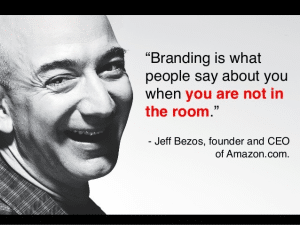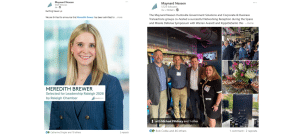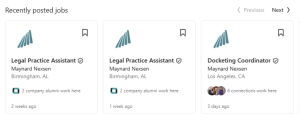Reporters receive hundreds of pitches everyday, and most go unopened or deleted. Capturing a journalist’s attention long enough to read the full pitch is half the battle. Whether or not they bite at the story depends on how well you present it.
That’s why it’s important to be thoughtful and creative in pitching stories from different angles to make it stand out and give it a reason to be covered. Here is a step by step guide on how to write a media pitch that won’t get buried in the reporter’s inbox:
Subject Line: Lead With a Hook
Your subject line is your first and sometimes your only impression. Think of it like the headline of the story you’re hoping to land. It should be concise, direct and spark curiosity. Include items like location, industry, company/business, and outcome. Most importantly, answer the “who” and “what” right away.
Do your Research: Know Who You’re Pitching
Before you hit send, take time to research the reporter you are pitching. What topics do they cover? What tone do they write in? Referencing a recent article or explaining why your pitch aligns with their beat shows you’ve done your homework and makes your outreach feel personal, not spammy.
Tell a Story: Make It Relevant
Reporters are looking for compelling stories, not promotional material.. Ask yourself, “Why would their readers, listeners, or viewers care about this?”. Cover the “why.” Most reporters only have time to skim emailed pitches, so you’ll want to bold the key items they should see. Keep it concise and only include what is necessary. End with clear next steps such as “Happy to connect you for a quick interview.”
Follow Up
If you haven’t heard back after a few days, send a brief follow-up. Keep it professional, whether by email or phone. Avoid daily nudges. If there’s still no response after one or two follow-ups, that probably means “no” or “not right now.”
Build Relationships Beyond the Pitch
Strong public relations is built on relationships, not transactions. Attend events, engage with reporters’ work on social media, and be a helpful resource even when you’re not pitching. When you take the time to build trust, your name stands out in a crowded inbox.
Even if your pitch is declined, don’t consider it a total loss. Many journalists will share feedback, giving you valuable insight into what works and what doesn’t for next time.
Media Relations with a Team of Experts
At NP Strategy, we help clients elevate their public profile by shaping stories that matter and building relationships that last. From media pitching to message development, our team of former journalists and communications pros help organizations protect and strengthen their brand reputation with every headline.
Let’s work together to get your story heard.
Get in touch with our team today.




